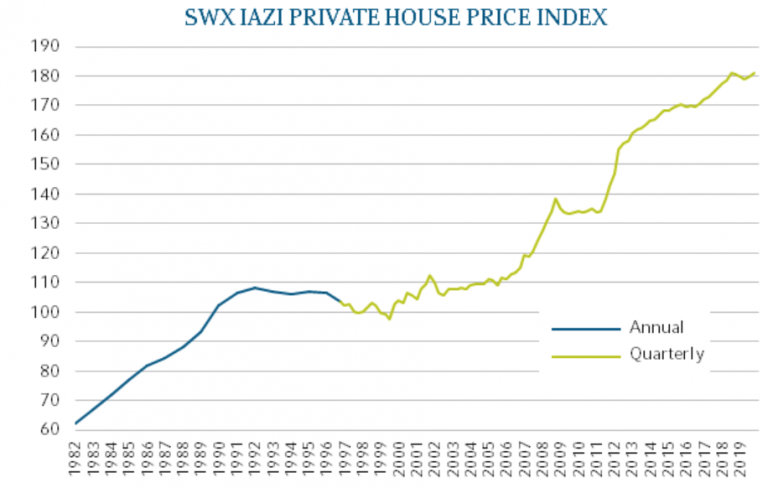The Swiss National Bank has once again lowered its key interest rate: on September 26, it decided to reduce it by a further 25 basis points to 1 percent. For many homeowners, the question now is whether mortgage interest rates will fall further as a result and tenants are hoping for rent reductions.
Why are key interest rates falling again now?
The SNB justified the reduction in the key interest rate with the fact that, according to its forecasts, inflation is likely to fall significantly in the coming quarters. In its online article “Mortgage interest rates: interest rate forecast and trend”, UBS writes: “The risk that the economic recovery in the eurozone will be delayed and thus also prevent an upturn in Swiss industry has recently increased. At the same time, inflation is likely to fall below the 1% mark next year. In such a situation, a key interest rate of 1.00 percent seems too high to us, which is why we expect further interest rate cuts in the coming quarters.” However, the bank assumes that both the yields on Swiss government bonds and longer-term mortgage rates are likely to move sideways over the next few quarters. They will therefore remain more or less at their current level. Mortgage interest rates linked to SARON, however, will probably continue to fall.

Sources: Bloomberg, UBS Switzerland AG; Rates through the end of 2010 are based on Libor, and on SARON from 2011. The effective interest rate of the product is calculated using the margin + compounded SARON of the accounting period. When calculating the interest rate, the compounded SARON can never be less than zero.
According to UBS’s analysis, interest rate trends are subject to repeated strong fluctuations due to various factors. For example, the SNB raised the key interest rate in 2022 as a result of the sharp rise in inflation during the pandemic and Russia’s attack on Ukraine. In the fight against persistent inflation in 2023, the SNB continued to raise the key interest rate. When inflation – and therefore also bond yields – began to fall again, the SNB gradually lowered the key interest rate by 0.25 percent in March, June and September 2024. With low key interest rates, the SNB therefore aims to keep inflation low, while at the same time promoting the economic development of an economy and thus ensuring full employment.
What’s next for key interest rates?
Market observers – such as the avobis Group – would have welcomed a more significant interest rate cut. However, almost all observers assume that the SNB will soon announce further interest rate cuts.

In the UBS webcast, Alessandro Bee and Thomas Veraguth talk about their expectations for the further development of the key interest rate in Switzerland, among other things. Click on the image to watch the video. Source of the video: UBS Switzerland
Alessandro Bee, CIO Economist at UBS Switzerland, and Thomas Veraguth, Real Estate Strategist, spoke in detail about longer-term economic developments in Switzerland and abroad in a webcast entitled “Cocluding the cycle: the SNB’s final rate cut?”. You can watch this webcast online here.
The mortgage interest rate is a significant cost factor for home ownership
The interest rate on a mortgage determines the level of costs, has a significant impact on the total cost of home ownership and is also an important factor in the affordability of a property purchase. SARON-linked mortgages are relatively directly linked to the SNB’s key interest rates and are therefore subject to similar fluctuations. Depending on the economic situation, they can therefore be lower or higher than longer-term mortgages. These offer more cost security, but can often be associated with higher interest costs over the long term.


